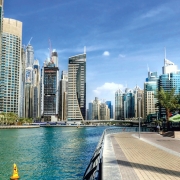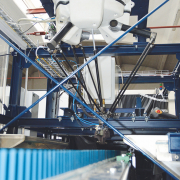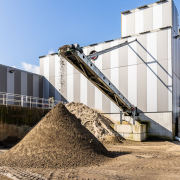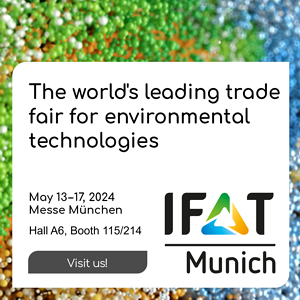Landfilling in the USA: Less and Less an Acceptable Option
For the future, landfilling is no option. Not even if – as the new government pronounced – the budget of the Environment Protection Agency would be cut by 30 percent and possible funding reduced.
In Billings in Montana by incident, the winds are blowing trash from the local dumpsite through the town. For the landfill in Niagara a suit for 2.4 billion US-Dollar is planned to stop harmful chemicals spreading into the neighbourhood. And the Environment Protection Agency has gathered more than 150 complaints against new storage sites or landfill extensions.
The composition of northern US municipal solid waste comprises mostly of food waste (14.4 percent), yard trimmings (13.5 percent) and plastics (12.8). Regarding food waste and plastics, the recovery rate with 5 percent and 9.2 percent respectively is fractional, caused by an antiquating treatment infrastructure and a lean curbside collection. In contrast, the recovery rate for metals is said to have reached 34.1 percent in 2013, while paper and cupbord as well as yard trimming got ahead of 60 percent. It is estimated that every year recyclable materials worth 368 million US-Dollar are lost or possible 2.600 jobs are prohibited by discarding – only in the state of Michigan.
Slowly municipalities incline to rise their diversion rates – either the special diversion from landfill or the US definition including the diversion from waste-to-energy too. Or to say it more clearly: to rise recycling which brings money back and creates jobs – as it happens in the city of Baltimore where investment will generate savings and attract 600 people into employment.
In Michigan for example the Solid Waste and Sustainability Advisory Panel executes a fund of approx. 10 million US-Dollar for a better processing of organics. The Governor’s Recycling Council – costs of 17 million US-Dollar – is to develop new markets, intensify the curbside collection and to activate the construction of new facilities. And the Michigan Recycling Coalition wants to rise the processing of biodegradable waste. Although the federal US governments differ in their reactions to the landfill problems, several have adopted a mandatory landfill diversion with bans for organics and electro(nic) waste: California, Oregon, Arizona, Pennsyslvania, Illinois, Wisconsin and New York.
According to Dr. Ines Freesen from consulting and management firm Freesen & Partner, state legislators and corporate decision-maker “alike are showing great resilience“, in spite of the uncertainty in the environmental sector President Trump is spreading. Google for instance has more recycling than trash bins and raised the waste diversion rate from 37 percent in 2011 to meanwhile 68 percent. Walmart Foundation, Coca-Cola, Pepsico, Johnson & Johnson, Procter & Gamble, Unilever, 3M and Goldman Sachs privately generated the Closed Loop Fund – asset: 100 million US-Dollar. The fund subsidizes municipalities and companies for collection systems, sorting infrastructure or processing facilities. 40 businesses, foundations, investors and policy makers including the Rockefeller Foundation privately invested in ReFED (Rethinking Food waste through Economics and Data). Their roadmap wants to reduce food waste by 50 percent by 2030.
So regardless of the Washington administration, “private initiative is growing stronger making million-dollar investments into recycling infrastructure available“, balances Ines Freesen.
Photo: Americanspirit / dreamstime.com
GR 22017s









